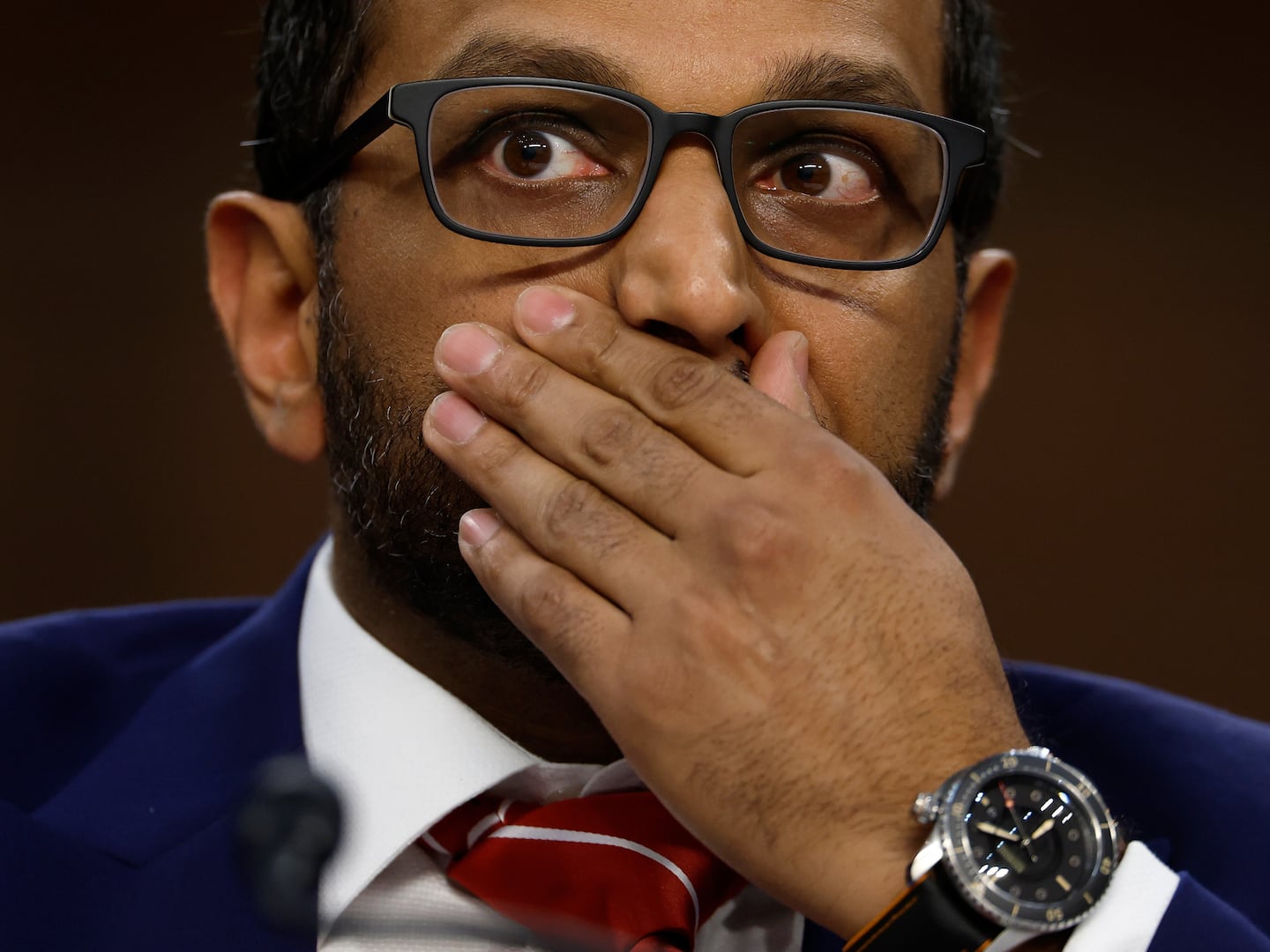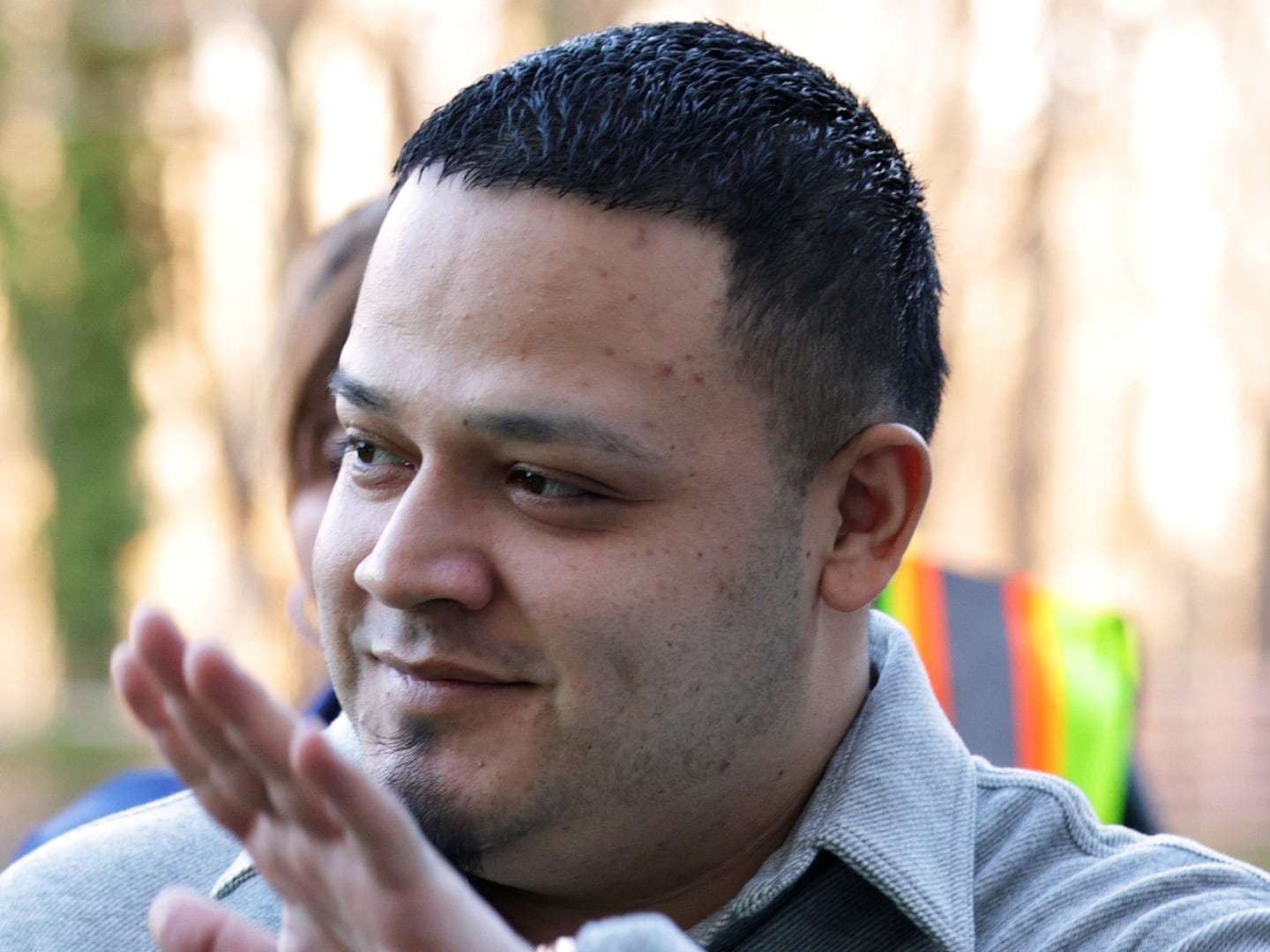For a generation of moviegoers, there are few filmmakers more influential during one's formative years than Rob Reiner. During the mid-to-late 1980s, he went on an absolute tear, helming a plethora of irresistible entertainments. The rock mockumentary This Is Spinal Tap. The bildungsroman Stand By Me. The swashbuckling epic The Princess Bride. The celebrated romantic comedy When Harry Met Sally. And the aftershocks are still being felt today.
Last month, to celebrate the 25th anniversary of When Harry Met Sally, the Nora Ephron-penned flick played in all five boroughs of New York City. And you may have recently caught Christopher Guest and co. touring the summer music festival circuit as Spinal Tap, in honor of that film’s 30th anniversary. Or perhaps you’re a fan of the HBO series Game of Thrones, whose recent character the Red Viper borrowed very heavily from Princess’s Inigo Montoya.
Reiner’s latest film is And So It Goes. It reunites the filmmaker with his The American President star Michael Douglas as Oren Little, a curmudgeonly, self-centered real estate magnate who’s forced to care for his estranged granddaughter. Along the way, he crosses paths with Leah (Diane Keaton), and the two begin to fall for one another.
In person, Reiner is gregarious and very chatty, regaling you with great anecdotes from his back catalogue. While sharing a bowl of nuts, we discussed his films past and present.
Note: For our discussion on When Harry Met Sally, head here.
I’ve got to ask: are you a Game of Thrones watcher? There was a character in the most recent season, the Red Viper, who was a tribute to your Inigo Montoya—a supremely confident Latino fella out for revenge for the murder of his sister.
Really? So it’s, “You killed my sister, prepare to die?” OK, so—people for years told me to watch Breaking Bad and then I finally put it on and I was like a meth addict. I burned through them. I keep hearing now about Game of Thrones, but I’m not going to do it until I have a big chunk of time when I can get into it, because I’m a binge-watcher. But don’t tell me too much! Spoiler alert! But I’ll have to check it out.

Oh, you really do. There’s also an episode where characters are ascending The Wall which reminded me a lot of…
…The Cliffs of Insanity!
Exactly. I’m a huge The Princess Bride fan, too. It was a family favorite growing up. It’s great to see Mandy Patinkin on Homeland now because he went underappreciated for a while.
It was hard, and he had been fired off of Heartburn, so he was very upset by that. Listen, he was very nervous when we started filming The Princess Bride, but by the time we got into it, he was in the zone. He’s the best. Just the best.
Actually, the best thing about that Inigo Montoya line, “You killed my father. Prepare to die,” was I was hanging out with Nora Ephron and Nick Pileggi years ago and they said, “There’s a place where John Gotti goes every Thursday, do you wanna go?” I said, “Alright.” So we go to this Italian restaurant and by 8 p.m. in comes John Gotti with all these wise guys surrounding him. So, we finish the meal and walk out, and there’s this big limo parked outside the place and this guy who looks like Luca Brasi from The Godfather standing outside of it. He looks at me and says, “You killed my father. Prepare to die.” And I went, “Oh my god!” And he said, “I love that movie The Princess Bride!” And I was thinking, “Please don’t kill me!”
Robin Wright made some news when she came out recently and said she thought she was in love with Cary Elwes while filming The Princess Bride, and that they’d end up happily ever after.
Well, they were! They had a relationship and fell in love with each other, absolutely.
How did you discover Robin Wright? She just came in. I’d seen tons and tons of girls, and it’s described in the script as “the most beautiful girl in all the land,” and I wanted someone who could do an English accent because I wanted a classic sound to the film. Jane Jenkins, my longtime casting director, said, “I think I’ve found your Buttercup.” She was working on a soap called Santa Barbara, and she came in and read and I thought, “My God, she’s so gorgeous.” And her father was British, so she could do an English accent.
With Robin on House of Cards and Mandy in Homeland, is it pretty wild to see these two actors you helped shepherd to stardom still be so relevant today?
It’s always fun to see people you’ve worked with do great work. Robin is always great. And what I love with what’s happening with Mandy now is he’s really enjoying doing it, and he’s relaxed with it. That’s wonderful to see.
Do you have any great Andre the Giant stories from The Princess Bride?
Andre one day came to work and I said, “Andre, what did you do last night?” And he said, “Oh, I went to the bar and had a couple of drinks.” And I said, “Andre, what do you drink?” He replied, “Oh, I had six bottles of wine and three bottles of cognac.” I said, “What? Did you get drunk?” And he said, “No, no. I don’t get drunk. A little tipsy.”
Now we’ve got this scene we shot and never used it. Peter Falk finishes reading the book and walks out, and the little boy picks up the book and then hears a rustling in the bushes, so he goes and looks out and sees, suspended in the night sky, the four heroes on the four white horses all waving at him. So, we had to shoot this alternate ending and we got the four white horses, but Andre weighs over 500 pounds, so no horse will support him, you know? So we had to have a pulley system where he was lowered on cables. The day we were supposed to shoot this, the Beaujolais Nouveau comes out. Andre started drinking it in the morning and—I’m not exaggerating—drank 20 bottles of Beaujolais Noveau during the day, and we’re at the end of the day of shooting and they wanted me to come to Shepperton Studios to see if it would work. It’s about 8 p.m. and I’m walking around the studio, and it’s dark, and there’s a bit of misty rain. They open the soundstage doors and I look in, and I see this inebriated giant being lowered on cables from the ceiling and he’s waving at me with this big smile on his face going, “HELLO BOSS!” and I was like, “What am I doing for a living here?”

So you almost ran with that alternate ending?
We did. But then, we realized that it really had to end when the grandfather says, “As you wish.” But these days, no studio would make The Princess Bride in a million years. There’s no stars, it’s an oddball adventure/love story/satire. No way. In fact, no movie I’ve ever made would get made by a studio today.
Let’s talk And So It Goes. What do you think the state of the romantic comedy is these days?
First of all, the studios don’t make them anymore. They make the big, tentpole superhero/action movies, animated films, and R-rated raunchy sex comedies, but they don’t make romantic comedies, thrillers, or adult dramas, so it makes it harder for people who want to do an adult film that trades in that dance that men and women do with each other. They’re much harder to come by now.
Do you think the audience’s appetite has changed at all when it comes to romcoms?
No, no. People still like to see what happens between men and women because that’s who we are, and what we do with each other. But there’s a lot more violence in the movies now because they’re like rides, and if all that’s there in the movie is something to titillate, whether it’s through violence or sex, and all it’s about is shaking your theater seat, the problem is you get immune after a while to certain things so you have to shake the seat even more. For movies who want to make movies about real people, it gets harder. But there is an audience out there for it. But studios these days aren’t interested in making a lot of money, they’re interested in making a ridiculous amount of money. The Bucket List made $200 million. It used to be that if you made $100 million, it was a blockbuster hit. But now, you’ve got to make that opening weekend.
But a lot of that has to do with increased marketing costs, with studios spending up to $150 million on P&A alone for some of these major tentpoles.
It does. They spent a lot of money on marketing, and to me, there’s got to be a way to market a film without buying network television—because that’s what’s really expensive. The web is cheap and there are other ways, but it’s the same with political campaigns in that the big chunk of money goes to TV spots on commercial television.
Your star in And So It Goes, Michael Douglas, was so great as Liberace in Behind the Candelabra. But Soderbergh brought that to every major studio and they all turned it down because of the gay themes.
I’m telling you: no studios make these movies. That’s why you see so many good directors—Steven Soderbergh, David Fincher—they’re all going to television because that’s where the great work is being done, and where you can actually make stories about people. I’ve got four TV projects all in very early stages. One is based on a Carl Hiaasen novel called Basket Case, another is called Honest which is a murder-mystery/thriller we’re developing at TNT about a young con man and you don’t know whether he murdered someone or not, and it’s told in the style of Memento.
So how did you come up with the idea for And So It Goes?
It came out of the press junket for The Bucket List. When we did it, every journalist would ask us what was on our bucket list, and when they asked Jack Nicholson, he’d always say, “One more great romance.” So, this is really an extension of The Bucket List—you live life until it’s over, and if you’re lucky enough to find someone later on in life that you fall in love with, you should really grab onto it.
You’ve worked with Michael before on The American President, but Diane Keaton is new. What was it like working with her for the first time?
She’s very instinctive. She actually told me before we started working, “I don’t act! I’m just who I am.” And I said, “Well, whatever you are is pretty damn good.” She said there’s really not a whole lot of difference between how she is off-camera and on-camera, and she’s great at improvising. Michael is much more craft-oriented, and she’s much more about flying by the seat of her pants, but they meshed very well together.
The Spinal Tap fellas are out playing festivals this summer to celebrate the film’s 30th anniversary. Ozzy Osbourne claims the band is based on Black Sabbath, but who did you base Spinal Tap on?
Well, it was based on an amalgam of bands—Black Sabbath, AC/DC, Motley Crue, Judas Priest, and Van Halen. We had a lot of different inspirations. It took us four years to make that movie, and we edited it for nine months. Ozzy wasn’t with Black Sabbath at the time, but our movie came out two weeks after Black Sabbath started touring with this Stonehenge theme, and it’s so perfect that this rock band would think we’d stolen this idea from them—that we could cast it, finance it, shoot it, edit it, and get it into the theaters in two weeks! The whole thing was so ridiculous, but I found it really funny. It was par for the course!
As far as greatest movie lines in movie history goes, in addition to “I’ll have what she’s having,” which we discussed, “this one goes to 11” is way up there.
Elon Musk, who invented the Tesla—and I know this guy because he showed me the first one, and I bought it—was a big fan of Spinal Tap. So, he shows me the car and goes, “Look at this!” and when you put the volume up on the radio, it goes to 11. It’s the greatest. With the “11” thing, it just came out of improvisation—same with Stonehenge. My favorite line from that movie is, “There’s a fine line between stupid and clever.” But the moments that hit me the hardest were ones we had making the movie. Our DP Peter Smokler, who we hired because he shot rock documentaries and even filmed the Rolling Stones at Altamont, turned to me while we were shooting and said, “I don’t understand what’s funny about this? This is exactly how these bands are.” He couldn’t see that we were bending it just a little bit.
Another film you made, that a lot of people might not know you directed, is Misery. I remember seeing that scene with the sledgehammer and being pretty shocked when I was younger.
In the book, she chops his foot off with an ax. My take on the movie was not that one’s more or less gruesome, but in the book, Sheldon goes back and keeps writing Misery and can’t break away from the bonds that Annie Wilkes has on him; he’s still held to write those things because he feels that’s what the public expects of him. My take on the character was that after he kills Annie Wilkes, he’s able to break away from the character he’d written and go on and write other things. So, even though he got injured, I wanted him to come out whole. That’s why we went with the “hobbling” rather than the “lopping scene,” as we called it. It was [producer] Andy Scheinman’s job to come up with a way to do it that would be the most gruesome, and we felt it was putting that block of wood between his legs and cracking them with the sledgehammer.
You almost ran against Arnold Schwarzenegger for Governor of California in 2006, right?
Here’s the thing: the way the government structure works in California, I didn’t think I could do the things I wanted to do. At that time, you needed a two-thirds majority to pass a budget, to raise taxes, to do any of those things, and I was interested in fixing the education system, which would have required a lot of money. And I talked to my family and my son, Nick, knew what it would entail because he was friend with Patrick Schwarzenegger at the time—they were young kids—and I polled 40 percent in my own family. I couldn’t carry my family, so I figured, eh, I’m not going to do this.
You were a big Hillary Clinton supporter in 2008, will you be backing her again in 2016?
If she wants me, I’ll be there.






